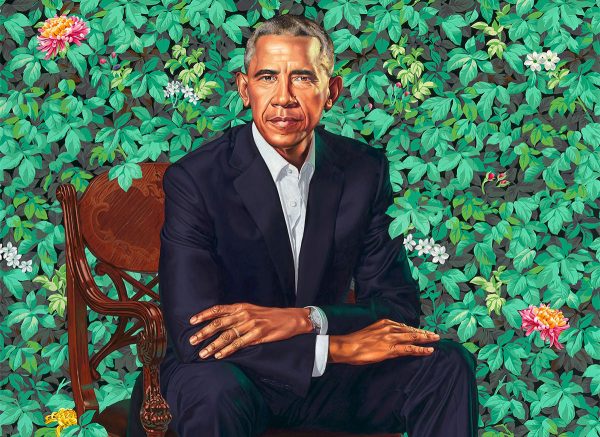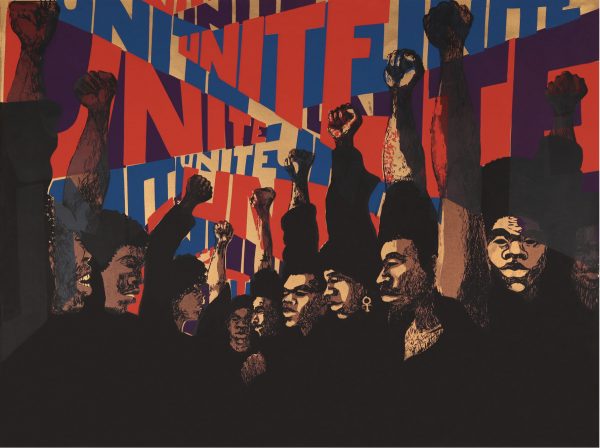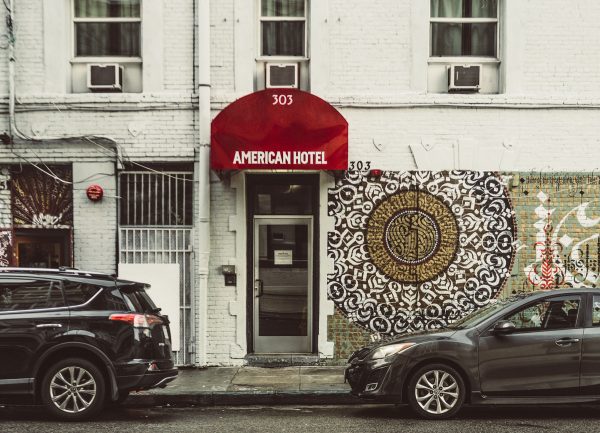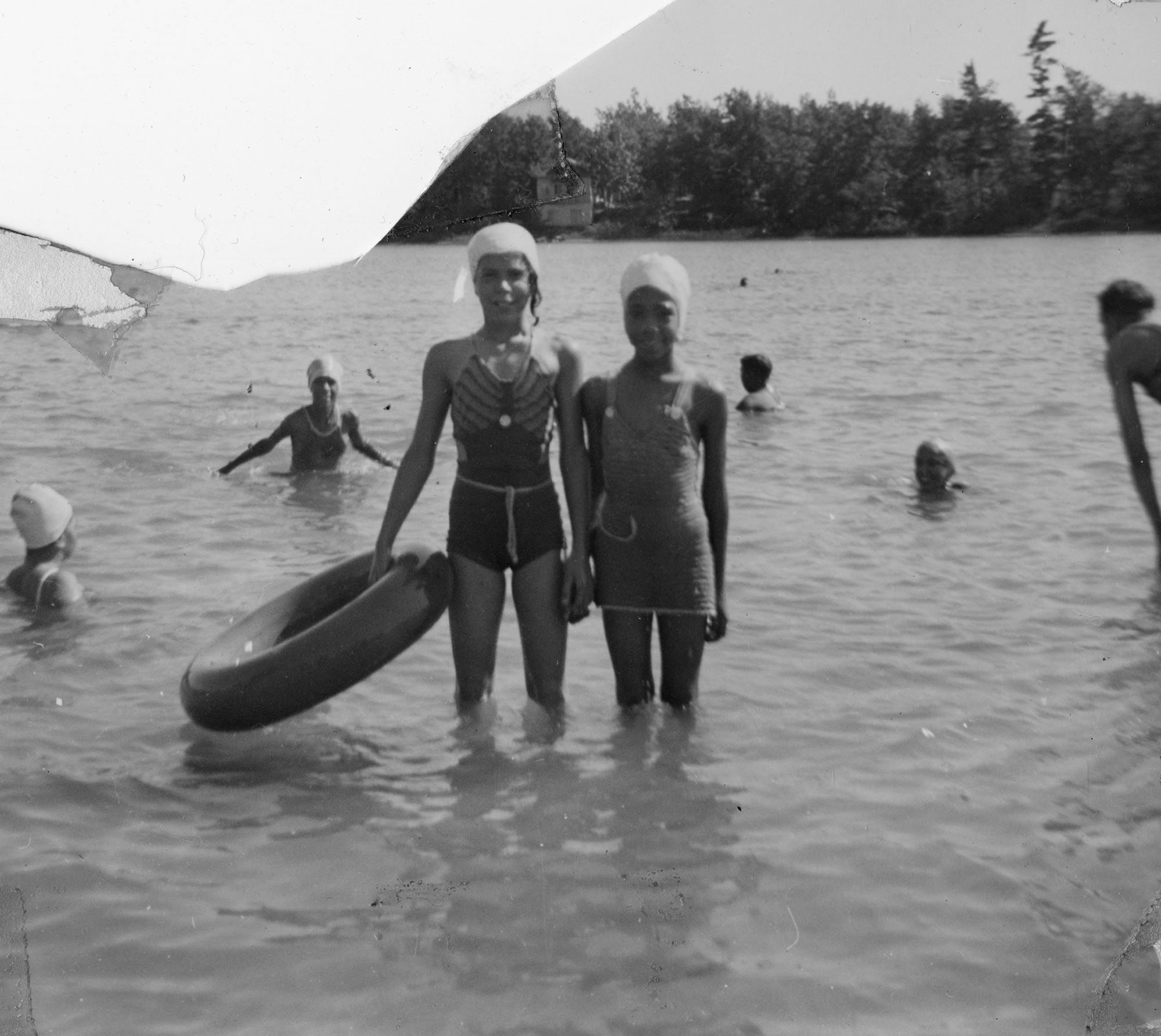
America’s Forgotten Black Beaches
When I lived on the West Coast, I hopped on the 10 Freeway several times a week to hit the beach in Santa Monica, CA. The opportunity to listen to the sound of the waves or catch the last glimpse of the sun’s descent into the Pacific Ocean made my day. Since moving home to Maryland, I now hop into my car and take the well-worth-it, three-hour drive to the Eastern Shore at least five times a year to enjoy the waves at Ocean City, MD, or the Delaware beaches. The ocean calls me.
But just two to three generations ago, prior to desegregation, Jim Crow laws made something as simple as a trip to the beach a difficult task for Black people in America. As desegregation unfolded, Black-founded beach destinations were often stolen, destroyed, or written out of existence, leaving many to be forgotten. But the sandy shores below are an important part of our collective American history—ones that are well worth a trip:
American Beach, Amelia Island, FL
In 1935, American Beach became the first beach in Florida to welcome African American travelers for overnight stays. That year, Abraham Lincoln Lewis, the head of the Afro-American Life Insurance Company and Florida’s first Black millionaire, purchased 33 acres of land on Amelia Island to create the resort.
Between the 1940s and ‘50s, Black Americans traveled near and far to stay at the resort, purchase vacation homes, and spend time in an accepting environment. At its height, the area also attracted the Black entertainment elite including the likes of Ray Charles and Cab Calloway.
The area, now a registered historic district, experienced a decline after the Civil Rights Movement but a resurgence, of sorts, that began in the ‘80s has slowly continued into present day. Be sure to stop by the American Beach Museum, which opened in 2014 to memorialize the beach’s heyday and local African American culture.
Atlantic Beach, SC
Known to many as the “Black Pearl,” Atlantic Beach lies just north of Myrtle Beach. Local business owner George Tyson purchased 47 acres of land along the coast in 1934, opened the Black Hawk Nightclub, and began to develop the area for tourism. The area was historically inhabited by Black people of Gullah Geechee ancestry, who opened many of the inns and other businesses along the stretch of beach.
Atlantic Beach was one of the last Black beaches to incorporate itself and although Jim Crow laws had been lifted, the area continued to thrive as the Black Pearl until the early ‘70s. In the early ‘80s, the Atlantic Beach Bike Festival further fueled the area’s popularity; the annual event still attracts more than 200,000 visitors and motorcyclists over Memorial Day weekend.
The Atlantic Beach Historic Society is currently working to get the area on the National Registry of Historical Places: It remains the only Black-owned beach in the United States.
Bruce’s Beach, Manhattan Beach, CA
One look at the exclusive Southern California Manhattan Beach community and you would be hard-pressed to believe the story of its early roots. Bruce’s Beach was created in 1912 by American pioneers Charles and Willa Bruce when Willa purchased land along the water in the unincorporated city of Manhattan Beach. With the sale, she fulfilled her big-picture intent: to build a resort for people of color not welcomed elsewhere along the coastline.
The couple’s ingenuity and entrepreneurship encouraged other Black people to purchase in the area and together a small Black-owned beach town was built. Despite the many obstacles—including difficult white neighbors and city legislators—the area thrived until 1924.
After a long fight, the Bruces surrendered the property in 1927—receiving a fraction of its value in return—when the local city council used eminent domain to redevelop the land. In an interview with the Manhattan Beach News, the couple put it succinctly: “The attempt to make a park out of these two blocks was a direct slap at us because we were not born white people.”
Decades later, the land was developed into a park (now named Bruce’s Beach) and parking lot, but in September 2021, California Governor Gavin Newsom signed Senate Bill SB796 into law, allowing the Bruces’ descendants to reclaim their land from Los Angeles County. The park—now owned by the Bruces’ great-grandsons—is located about two blocks from the shoreline.
Chicken Bone Beach, Atlantic City, NJ
If you walk along the boardwalk north of downtown Atlantic City, you’ll find a plaque dedicated to the remembrance of “Chicken Bone Beach.” In a nutshell: This area’s evolution into a segregated Black beach sort of happened in reverse.
Until the early 1900s, Black people and white people worked and lived closely in the booming resort town. As the town grew in popularity with Southern whites vacationing in the city, complaints began. In turn, business owners sought relief from the government.
In what was said to be an amicable agreement, Black people agreed to congregate on the north side of town, where Black lifeguards were hired to watch the shore. Establishments quickly began to pop up to service the area. In summer, families took their children to the shore with picnic baskets; in fact, the beach is rumored to have gotten its name from the fried chicken bones strewn in the sand. As the beach grew in popularity, it became a haven for performers, with the likes of Sammy Davis, Jr. and Moms Mabley as headliners.
Today the Chicken Bone Beach Historical Foundation promotes that musical legacy, sponsoring free jazz concerts in July and August.
The Inkwell – Oak Bluffs, Martha’s Vineyard, MA
Some say the Inkwell’s name was meant as a derogatory nod to the Black people who came to settle in the region and use the beach. Others contend it’s actually a nod to the many Black writers and poets who frequented the area during the Harlem Renaissance period. Whichever story is true, this small stretch of beach on Martha’s Vineyard gained popularity as a place that welcomed Black travelers.
In the 1600s, early settlers to the area were indentured slaves; the 1800s brought people seeking employment in the whaling industry. By the early 1900s, Martha’s Vineyard—and Oak Bluffs, in particular—had grown into a refuge for Black people who desired a place to vacation with like-minded people who looked like them.
Today, the island enjoys a long and storied history of Black families who reside and visit. Director Spike Lee owns a home in Martha’s Vineyard, a popular vacationing spot amongst many elite and middle-class African American families, including the Obamas.
To learn the important forgotten history of those of African descent in the area, the African American Heritage Trail provides 31 stops around the island that are marked with plaques.
Havens Beach Sag Harbor, Long Island, NY
Much like Martha’s Vineyard, Sag Harbor drew Black people in the early 19th century to work in the whaling industry. Later, after World War II, many Black families moved here to purchase inexpensive land. During that time, small towns were formed, populating the area with working-class families.
Jim Crow laws contributed to the area’s rise as a playground for the Black professional elite. And unlike many of the forgotten Black beach towns on this list, the area has remained a haven for Black families, with the trio of communities of Sag Harbor Hills, Azurest, and Ninevah Beach commonly referred to as the “Black Hamptons.”
With the rise of housing prices, residents of Sag Harbor Hills note that developers have been snatching up real estate, leaving this long-held Black community exposed to gentrification. To this day, the only public beach in Sag Harbor is Havens Beach. You need a season pass in order to park there, but once you hit the sand, you’re in for a gazebo, a playground, and more.
Highland Beach, MD
Located on Maryland’s Chesapeake Bay, Highland Beach has a story rooted in the legacy of one of Maryland’s most famous Black residents, Frederick Douglass. The beach was founded by his son, Charles Douglass, in 1893 after he was refused admission to the all-white Bay Ridge Resort nearby. The younger Douglass later built a home for his father across the Chesapeake from where the latter was born enslaved. Although Frederick died before its completion, the home still stands; today, it serves as a museum dedicated to the abolitionist and writer’s life and the history of Highland Beach.
In 1922, Highland Beach was incorporated, becoming the first African American municipality in the state of Maryland; it was—and is still—run by an all-volunteer governing board. It quickly became a respite for Black families and some larger-than-life Black figures over the years, including Booker T. Washington and Langston Hughes. Homes in the area were purchased by professionals hailing from larger cities like Baltimore and Washington, D.C. Now, the private beaches can only be accessed by residents or those staying at vacation homes in the vicinity.
Idlewild Lake, MI
The lakefront property now known as Idlewild was originally created with Black people in mind by four white couples in 1915. At the time, Idlewild Resort Company plotted the land around the lake, built a resort, and hired local Black sales professionals to spread the word, planning trips for Black travelers from nearby metropolises to see it for themselves and purchase plots around the lake.
The resort garnered two nicknames—”Black Eden” and “Black Las Vegas”—as it grew in popularity with the likes of Madame C.J. Walker and W.E.B. Dubois purchasing homes in town. In 1921, ownership of the resort was turned over to the Idlewild Lot Owners Association, formed by the property owners, and the resort attracted entertainers like Cab Calloway and Aretha Franklin to perform.
As with many resorts of that period, once desegregation allowed Black travelers to explore previously forbidden locales, Idlewild slowly fell into decline. Today, the town is working hard to restore its glory days with the help of organizations like the Idlewild Historic and Cultural Center and the National Idlewilders Club, which puts on an annual festival.
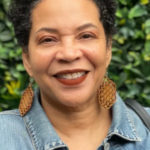
Jennifer Douglass
Jennifer J. Douglass is a freelance writer and content provider with years of experience in the travel, tourism, and convention industry. She has a penchant for uncovering and highlighting the narratives of those indigenous to the places she covers. She is an astrology buff who also enjoys studying and writing about cosmology and astrocartography.
